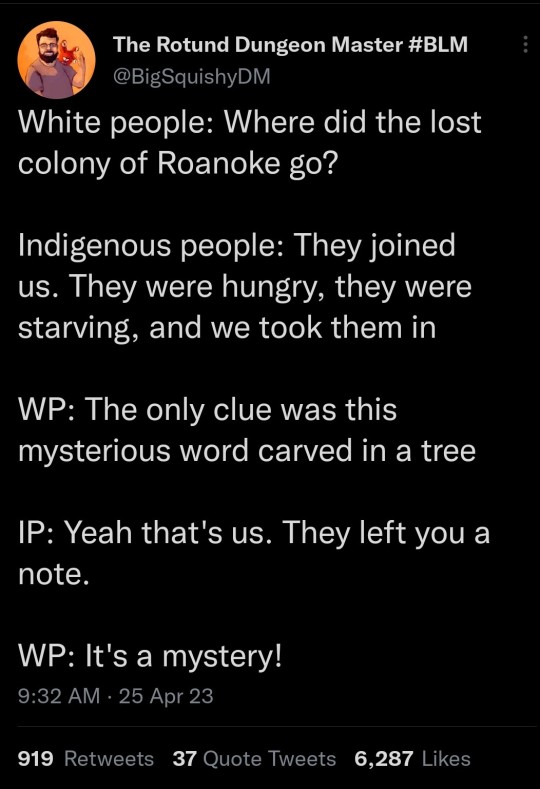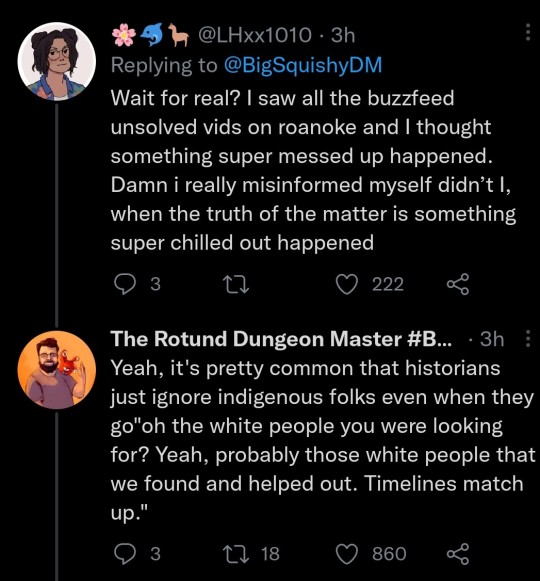#Indigenous history
Text

I documented multiple cases with @/ EuroMedHR of Israeli soldiers abducting blonde children from #Gaza claiming they might be abductee Israelis. As Israeli forces are nearing my area of refuge, I just actually told my brother’s wife to dye her blonde daughter’s hair black! [@/ MahaGaza on X. 01/07/24.]
Read this twice, took me twice Zionists are kidnapping blonde Palestinian babies and pretending they're isra*lis, Palestinians are being told to dye their children's hair black [@/ Lamis_Deek on X. 01/07/24/]
Thank you to a mutual for sharing/alerting me to this. This is absolutely horrifying. Like WHO was it that said blonde and blue-eyed babies were superior??
This also makes me think of white European colonizers kidnapping Indigenous children and bringing them to "residential schools" -which were mass genocide camps. If ya'll even know a little about this history, that's what it reminds me of. Indigenous children were forcibly separated from their families and cultures. They were forbidden to speak their languages and were violently abused, and many were killed in heinous and cruel ways -there are still MANY unmarked graves in the white-settler nation of Canada.
This is beyond disturbing. I can't even imagine the horrors behind something like this. The IOF are depraved.
*Edit: for context, I'm not saying that the history of cultural genocide of Indigenous people in settler-colonial countries like Canada and the United States is a direct parallel to what is happening or what appears to be happening to Palestinian children. It just brought up initial thoughts (in terms of my perspective) about the IOF kidnapping Palestinian babies for their 'perceived whiteness,' [which made me think of Nazi Germany's white supremacist discourses], and how very specific it is of them to be taking Palestinian babies/young children and saying they are 'Israeli' [which reminded me of how Indigenous children were forcibly taken from their homeland/cultures by violent settler-colonial states]. I think most of us can agree that the intentions behind this are nefarious, and no matter the reason -I am not trying to erase the severity of and atrocities behind nearly 2 centuries of anti-Indigenous racism and systemic violence against Indigenous communities. I saw a re-blog with commentary about this -and I just want to acknowledge what they had said because this is important to address.
#feminist#feminism#social justice#free palestine#palestine#freepalastine🇵🇸#free gaza#settler violence#settler colonialism#colonial violence#us colonialism#current events#tw child abuse#indigenous history#genocide#white supremacy tw
6K notes
·
View notes
Text


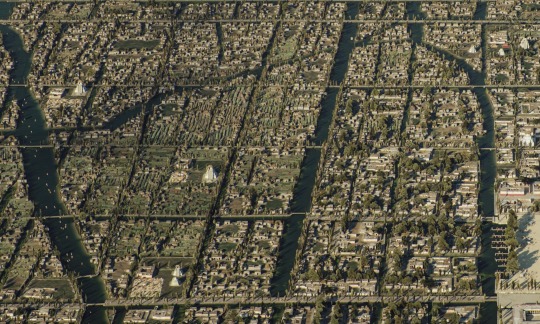
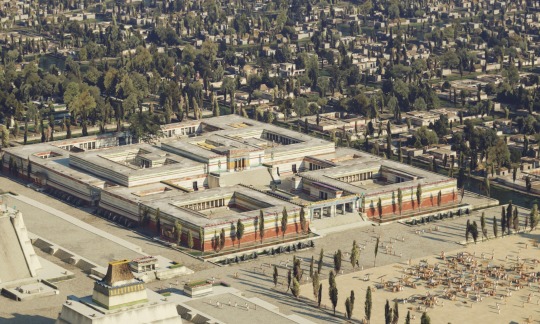
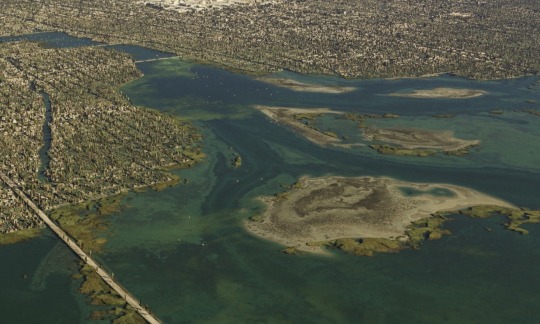
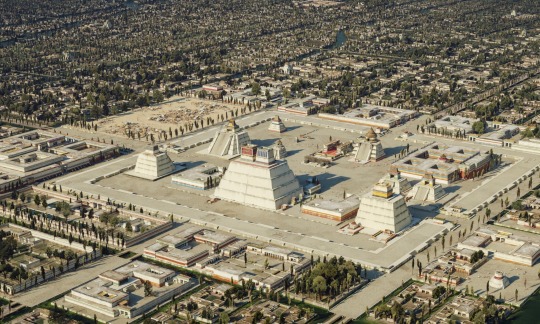
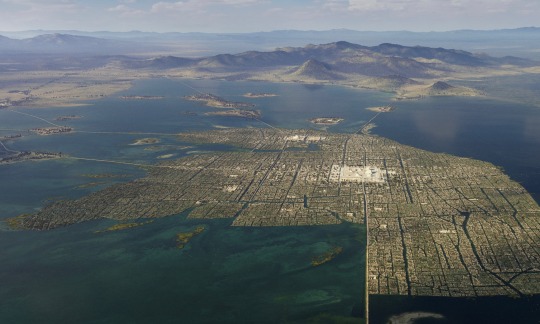
3D Reconstruction of Tenochtitlán by Thomas Kole
#history#art#mesoamerica#archaeology#antiquities#mexico#aztec#indigenous#indigenous history#precolumbian#precolumbian art#tenochtitlan#my posts
9K notes
·
View notes
Text


Photos of Nancy Valverde, a Chicana gender nonconforming lesbian who was routinely arrested for violating L.A.’s cross-dressing ban throughout the 50s and has been credited as helping overturn the ban. Valverde died at the age of 92 in March of 2024.
#lgbt history#lesbian#wlw#lgbt#vintage lesbians#lesbian history#lesbian activist#Nancy Valverde#RIP#chicana history#indigenous history
1K notes
·
View notes
Photo

Monsheeda (Dust Maker), and his wife Mehunga (Standing Buffalo), of the Indigenous Ponca tribe, posed together in their wedding photo, circa 1900
#native history#indigenous history#indigenous culture#ndn#i just love this pic sm im sorry i had to post it#mine
18K notes
·
View notes
Text
Tribal Names
I don’t think many people, even some native people, are aware that the legal names of many tribes are actually not from the tribe.
Often the names came about because colonizers would ask one tribe "hey, what do you call those people over there?". then they would assign the name given to that tribe. so often the names were descriptions from unrelated tribes, or in more extreme cases, insults.
The Muscogee tribe got pretty lucky since the legal name was "creek" and it came from a different tribe going "oh, those are the people near the creek". which, is accurate enough, most creek settlements were placed along creeks. a famous one that is related to the Muscogee is the name "Cherokee". "Cherokee" is a Muscogee word meaning something along the lines of "people who don’t speak our language". Even this is pretty light compared to some names. some official tribal names translate to phrases like "dog eaters" or "lazy people".
This is why it’s not uncommon for tribes to start using older names. Muscogee comes from the term for our people "Mvskoke", and the tribe has made efforts to distance itself from the name "Creek". Although it is likely still the name you’ll hear most often.
#muscogee#mvskoke#native blogs#native american#indigenous blog#indigenous#native girls#indigenous history#muskogee#cherokee#oklahoma#native americans#tribal names#tribes#north american history#creek tribe
2K notes
·
View notes
Video
California genocide
https://en.wikipedia.org/wiki/California_genocide
https://en.wikipedia.org/wiki/Bloody_Island_massacre
https://en.wikipedia.org/wiki/Round_Valley_Settler_Massacres_of_1856%E2%80%931859
#tiktok#california#history#indigenous#genocide#indigenous history#us history#19th century#1800s#california history#standford university#wealth
2K notes
·
View notes
Text
Sámi artist Mari Boine joiking the village Máze.


[ID: 1: Sámi activists in gáktis (traditional clothing) holding a banner that says “we came here first” in norwegian. A banner in the background says “we will NOT move”. 2: sámi man in gákti standing with his fist raised in front of big stones that have the word “let the river live” painted on them]
Joik is a type of traditional sámi singing that’s meant to evoke/express a person, animal or place through rhythm, sounds and energy. You don’t joik about someone, you joik them. Joik is mostly sounds, and often have no lyrics or short lyrics. “Máze” has lyrics calling Máze beautiful and saying “Under water they would put Máze church, Máze school”, which is referring to the Alta conflict in the 1970s and 80s.
Máze is a small village on the norwegian side of the borders in Sápmi. Around 98% of the population is sámi. In the late 1960s, the Norwegian government announced plans to build a hydroelectric power plant and dam in the Alta river, which would have huge consequences for sámi reindeer herding and fishing in the area, preventing sámi people from continuing to practice their traditional way of life. The earlier plans for the dam would have put Máze under water, displacing all the people living there and destroying a village that has existed for hundreds of years. After resistance from sámi activists, the plans were altered in 1973 so that Máze would survive.
Sámi people fought against the construction of the power plant for years, with protests, peaceful civil disobedience (like chaining themselves and creating blockades around the site), and a hunger strike where they slept in lávvus in front of the norwegian parliament in 1979, and a second hunger strike in 1981. 10% of the norwegian police force was sent to the construction area and there was talk of sending the military to assist the police, but this was stopped by the minister of defense at the time. several hundreds of people were removed by force from protests and arrested.
The Alta hydroelectric power plant was finished in 1987 and is still in operation. This is one of the most famous examples of Norway’s green colonialism in Sápmi, but it’s also one of the biggest examples of Sámi spirit and resistance. Máze continues to exist, more than 50 years later. Sámi people are still here and we’re still fighting for our right to continue our traditional lifestyles and culture, for example with the large civil disobedience actions in 2023 over the Fosen case.
Čájet Sámi Vuoiŋŋa! show sámi spirit! ❤️💚💛💙
165 notes
·
View notes
Text
Researchers say newly discovered archival records reveal an important connection between Ontario First Nations and Irish famine victims.
The Irish Potato Famine was a period of starvation and disease in Ireland, and one of the most traumatic events in modern Irish history. Year after year, the country's potato crop failed. By the time the worst was over, one million people had died of disease and starvation. Survivors were forced to emigrate. In the summer of 1847, Toronto gave refuge to 38,000 Irish famine victims — at a time when Toronto's population was only 20,000.
The part of this history that is virtually unknown is the contribution to the relief fund from Indigenous communities in Canada.
"At least 15 bands answered the call and requested that donations be deducted from their government annuities, added to the fund, and then sent to 'our suffering fellow subjects and Christian brethren in Ireland and Scotland,'' according to Mark McGowan's research. McGowan is a professor of history at the University of Toronto and has spent time going through the archival documents. [...]
Continue Reading.
Tagging: @politicsofcanada
#cdnpoli#First Nations#Foreign Policy#Ireland#Indigenous politics#Indigenous history#Ontario#Mohawks#Haudenosaunee#Chippewa#Delaware#Wyandotte#Mississauga#Saugeen#Lake Huron Ojibwa#Moravian Ojibwa
210 notes
·
View notes
Text

"In 2023, Native American children are still forced to cut their hair. A school in Kansas forced an 8 year old Native child to cut his hair because it didn't fit the requirement for boys. Despite being protected by the First Amendment of Freedom of Expression and Religion."
I remember the story of a young Black teen who was told if he didn't cut off his locks before a wrestling match he could not participate. There was footage of him looking despaired while they cut off his hair. Or another time when another Black teen who was told if he didn't cut his dreadlocks he couldn't attend his own graduation ceremony -he was suspended just like so many have been for refusing to cut their hair. I'm also thinking of the countless times Black girls and women, who have disproportionately experienced hair bias, been told their hair isn't 'professional,' if it hasn't been straightened.
Telling Indigenous people to cut their hair has white supremacist roots (as it does for the cases I just mentioned above) -settler-colonizers did this when they kidnapped and forced Indigenous children into these genocidal concentration camps (yes, that's what they were) and it's beyond despicable. And is something that is a political issue because hair is political -for so many cultures and traditions, it is sacred -this is just horrifying.
#feminist#feminism#social justice#indigenous history#indigenous solidarity#current events#colonialism#colonial violence#intersectionality#native american#fuck colonialism#fuck colonizers#hairbias
826 notes
·
View notes
Text
Time Travel Question 14: Ancient History VI and Earlier
These Questions are the result of suggestions from the previous iteration.
This category may include suggestions made too late to fall into the correct grouping.
Please add new suggestions below if you have them for future consideration.
I am particularly in need of more specific non-European suggestions in particular, but all suggestions are welcome.
#Time Travel#Mayans#The Sea People#Norse#Celtic#Neolithic#Doggerland#Early Humans#Polynesian Expansion#Tartessos#The Great Wall of China#Australian History#Indigenous History#The Silurian Period
687 notes
·
View notes
Text
i'm not really good at posts but i'd like to leave this in memory of Mi'kmaw elder and author Daniel Paul who passed away last month.
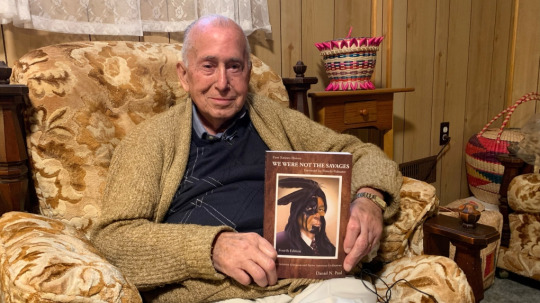
his book We Were Not the Savages is an incredibly detailed, researched, and impactful book on Mi'kmaq history, pre- and post-european contact and to the present day, including his personal experiences at the Schubenacadie Indian day school. i really don't have the words to express how important he and this book have been but it's really something to check out.
#and i'm a bit late first thought in my mind upon learning he'd died that morning was not exactly tumblr#we were not the savages#daniel paul#mi'kmaw#mi'kmaq#d:#indigenous#ndn#ndn tumblr#indigenous history
605 notes
·
View notes
Text


Little girl using ulu & Mama drying fish
Alaska
The World of the American Indian, National Geographic, 1974
2K notes
·
View notes
Text

Otoe-Missouria Delegation, attributed to John K. Hillers, 1881
#photography#vintage photography#vintage#black and white photography#john k hillers#1880s#1881#native american#indigenous#otoe#missouria#american#indigenous history
98 notes
·
View notes
Text
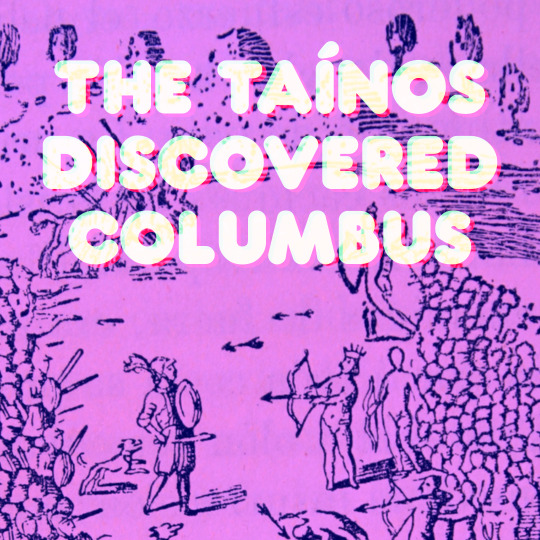
On October 12, 1492, Columbus arrived on the shores of the Caribbean, the now-called Bahamas, and the Taíno people welcomed him and his crew with respect and great care. Their kindness was repaid with vicious cruelty and enslavement.
The horrors of genocide left no one untouched on Turtle Island and Abya Yala, but the Taínos were the first to encounter this scourge. There aren't enough people who call them by name and claim a ubiquitous "indigenous peoples" encountered Columbus.
Know and name the Taíno and the ways they suffered as a result of First Contact.
And also the ways they have persisted and survived to this day. Check out the United Confederation of Taíno People (UCTP) / Confederación Unida De El Pueblo Taíno (CUPT) as a place to start.

The Taino peoples are not a monolith and include many different tribes and areas.
Image 1: Cristobal Colón, 1893 "La gran batalla que tuvo el almirante con el Rey Guarionex y cien mil indios en la Vega Real" | Wikipedia
Image 2: "Distribución de los arahuacos taínos, caribes y guanahatabeyes en las Antillas, en el tiempo de la llegada de los españoles." | Wikipedia
#indigenous peoples day#indigenous history#taino#tainos#taino culture#indigenous erasure#christopher columbus#caribbean indigenous#fuck columbus#1492#ndn tumblr#ndn tag#ndn country#ndn#native american#first nations#turtle island#abya yala#indigenous people#indigenous
2K notes
·
View notes
Text
HOW WE FORGOT OUR FOOD - a video essay by Alexis Nikole
134 notes
·
View notes
